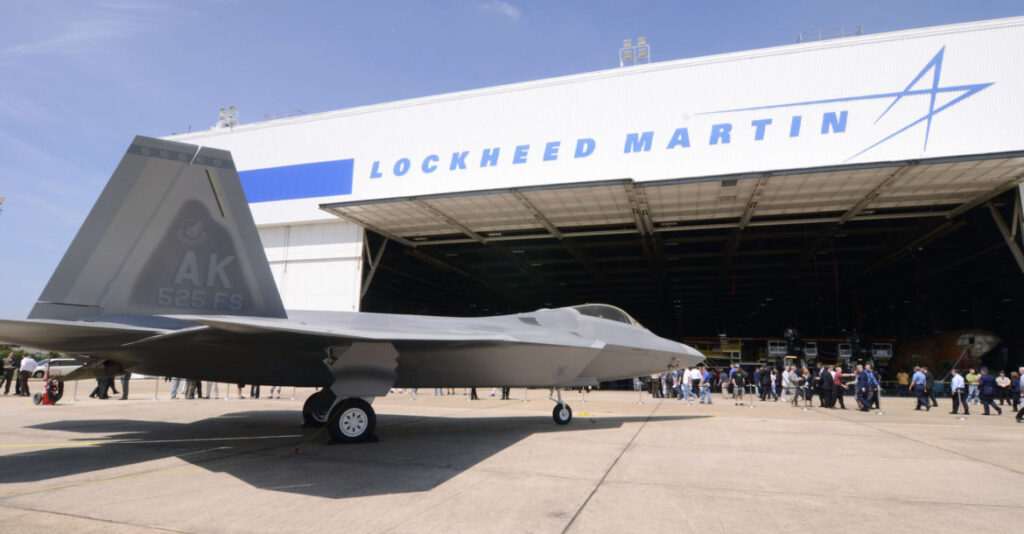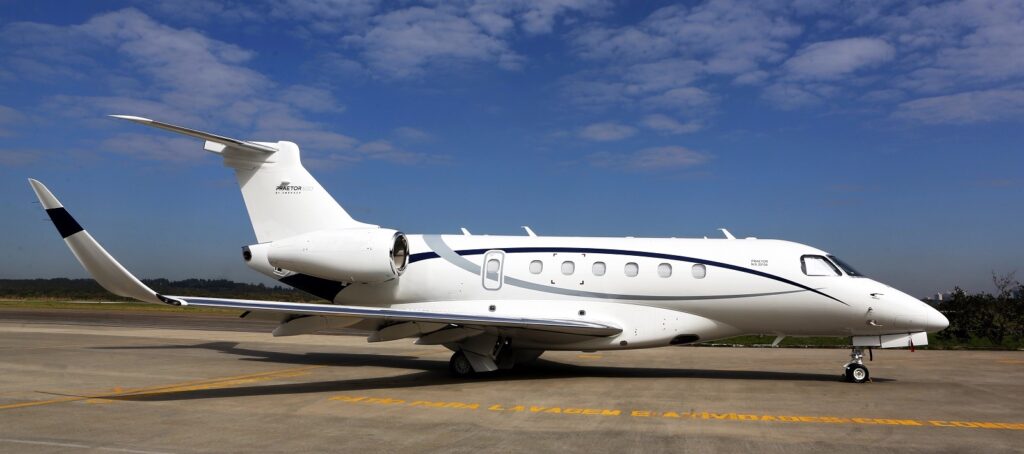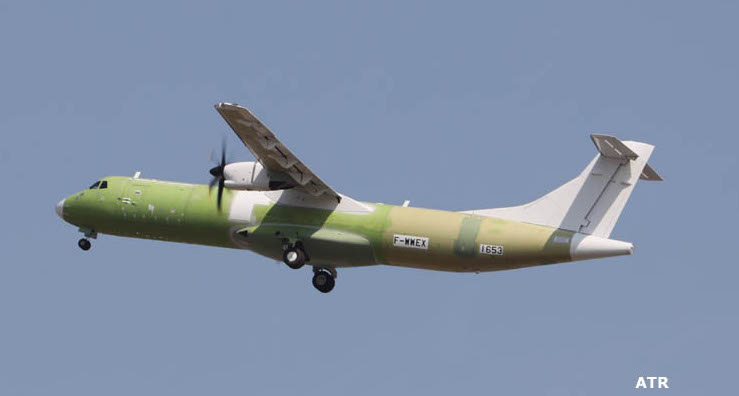Lockheed Martin Inks $4.4B Deal to Acquire Aerojet Rocketdyne
From Reuters News - Reporting by Mike Stone in Washington, D.C., Editing by Greg Roumeliotis Dec 20 (Reuters) - Lockheed Martin Corp (NYSE: LMT) said on Sunday that it has agreed acquire U.S. rocket engine…



